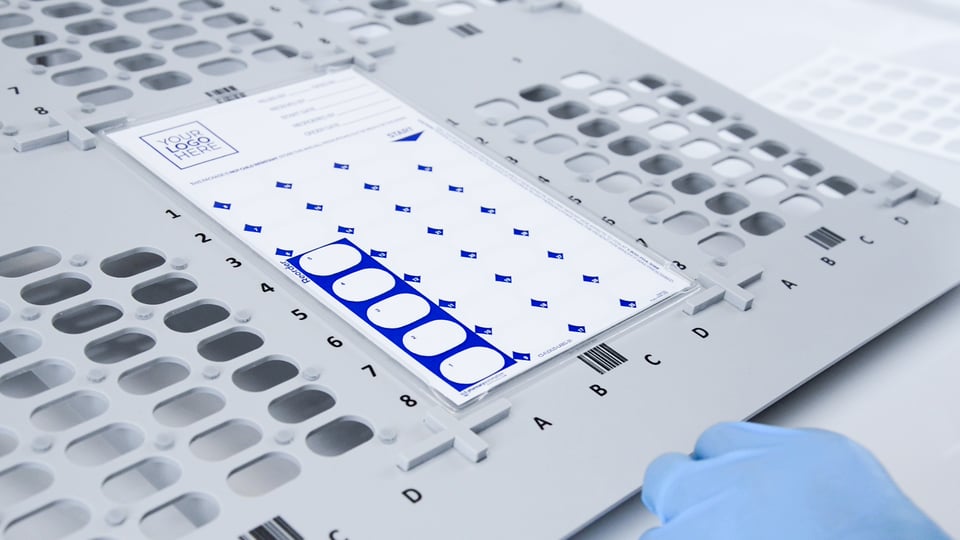Future of Blister Pack Design: 4 Key Features for Automated Pharmacies
Today, more pharmacies are implementing full or partial automation to fill unit-dose blister packs with medications. It’s just one way teams can focus more time on primary patient care instead of repetitive dispensing tasks. Automation also helps teams enhance dispensing accuracy and consistency.
Whether working through a centralized fulfillment center or using robots in house, the efficiencies gained through automated filling quickly disappear if teams spend too much time sealing blister packs. It’s important to choose packs specifically designed for automation – otherwise, pharmacies could see bottlenecks in their workflow.
That’s why the team at Jones Healthcare Group worked closely with automation manufacturers, centralized fulfillment centers and pharmacy chains to analyze every step of the blister pack sealing process when designing its flagship unit-dose pack, the FlexRx™ One.
“Wherever and whenever we can, we are at central fill locations understanding their workflow. Through our collaboration with these pharmacies, we found ways to reduce time and motion to seal packaging, while ensuring the process is easy and repeatable,” says Sead Ferhatovic, Director, Market Strategy and Business Development at Jones Healthcare. “The result: we developed a product that takes half the time to seal compared to other solutions.”
Ferhatovic notes there are four key features of the FlexRx One that improve sealing speed and repeatability:
1. Two-sided printable label
The FlexRx One includes two pieces – a blister and a label. Pharmacies can print directly on both sides of this label. This means there is no need to print and apply additional labels to the pack like other unit-dose solutions, saving time. Both sides of the label provide more space for branding and patient information, with easy-to-follow calendar numbers on each medication compartment, improving usability.
2. Locating bevels
The FlexRx One’s blister has specially designed side and bottom alignment ribs or bevels. These bevels make it quick and easy to align the pack’s label component against the blister component––both horizontally and vertically–– when sealing. The bevels not only speed up the sealing process, but also guarantee repeatability.
3. Patented tear-away strip
The FlexRx One label includes a unique tear-away adhesive strip that helps pharmacies seal the packs correctly the first time. With live adhesive in just a small strip area, the label can be secured in the correct position first, before removing the full adhesive backing to seal the pack.
4. Compatibility with existing automation trays
The FlexRx One is backward-compatible with existing 31-day unit-dose blister pack automation trays, making the transition to this unit-dose solution easy.
Beyond its list of automation design features, the FlexRx One is also the first and only unit-dose blister pack to use Bio-PET, a recyclable bio-based plastic made from a by-product of the sugar manufacturing process.
“We’re focused on customer-led design for a fresh approach to blister pack development,” adds Ferhatovic. “The FlexRx One provides automated pharmacies and central fills that support long-term care a better unit-dose product – one that is centered on pharmacy automation, sustainability and usability.”
Visit adherence.joneshealthcaregroup.com for more information on blister packs from Jones Healthcare Group.



